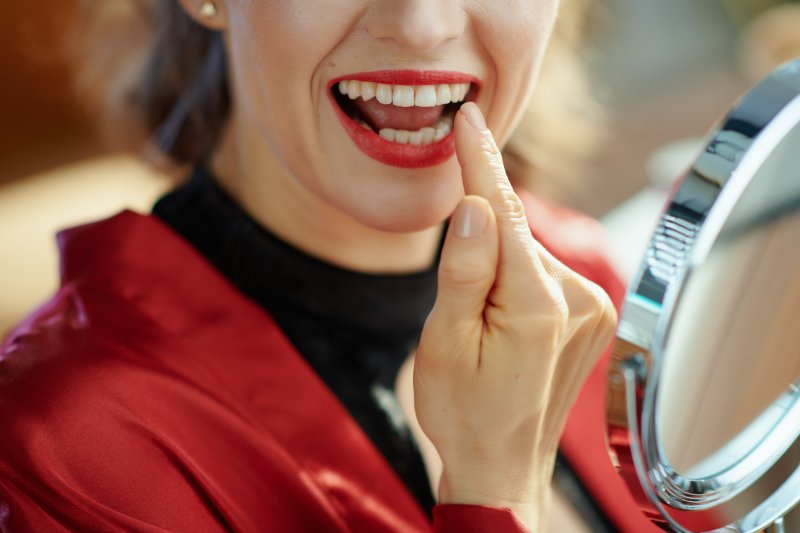
Tooth discoloration can often be an embarrassing side effect of aging and personal choices, affecting confidence and self-esteem. Understanding the causes behind yellowing teeth is the first step toward restoring their brightness. So, if you’re curious to see how teeth become discolored and the best ways to fix them, continue reading. You’ll find effective solutions to return your teeth to a healthy glow.
The Structure of Teeth
To understand how teeth become discolored, it’s best to start with the basics. Teeth aren’t one solid piece of bone; they have multiple layers that each serve a different purpose. The most important layers that affect color are the enamel on the outside and the dentin underneath.
Enamel is the hard protective layer on the outside of your teeth. It’s also porous which allows it to absorb nutrients from the food you eat. Dentin has a naturally yellow coloration and as your enamel thins, the dentin shows through. Some people have thinner enamel due to genes, but it can also thin out over time.
What Causes Teeth to Yellow?
So, what does the structure of your teeth have to do with tooth discoloration? A lot, actually! Keep the information above in mind as you read each entry below and it will all make sense!
1. Poor Dental Hygiene
Regular brushing and flossing are necessary to help remove bacterial plaque and various food particles that cling to your teeth. The microscopic holes in your enamel will absorb pigments from things like coffee, berries, and wine. Brushing before consuming them is a good way to keep them from staining. Rinsing with water afterward can also aid this effort.
2. Aging
As you age, the outer layer of enamel on your teeth wears down, revealing the yellowish dentin beneath. The thinner your enamel gets, the more pronounced this yellowing becomes.
To counteract this, brush gently with fluoride toothpaste that doesn’t have abrasives. Ironically, many of the “whitening” toothpastes with activated charcoal and baking soda could wear down your enamel faster. In addition, try to limit acidic food and drink to cut down on enamel wear.
3. Genetics
Some patients may be more predisposed to yellow teeth due to genetic factors that influence the thickness and color of their enamel. Cosmetic dentistry like veneers could be a good option to offset this.
4. Medications
Certain medications, such as tetracycline antibiotics, can cause intrinsic staining of the teeth, leading to yellow or gray discoloration. Dental bonding can cover up some of this discoloration, but whitening treatments don’t work on them.
As you can see, much of the appearance of your teeth has to do with their structure and how you take care of them. Oral habits, aging, and your lifestyle can all influence the color of your smile, and sometimes you can’t control it. Cosmetic dentistry could hold the answer for you, so don’t hesitate to reach out to your dentist and review your options!
About the Author
Dr. Marc Moulton is a passionate dental expert with over 30 years of experience. To this day, his favorite part of his job is meeting new people and helping them smile with confidence. He earned his dental doctorate from the University of Alabama at Birmingham School of Dentistry. Even now, he hones his skills through continuing education, learning to harness the latest dental technology and techniques. Call (205) 988-3360 to schedule a cosmetic dentistry consultation at Moulton Dentistry of Hoover or visit the website to learn more.
